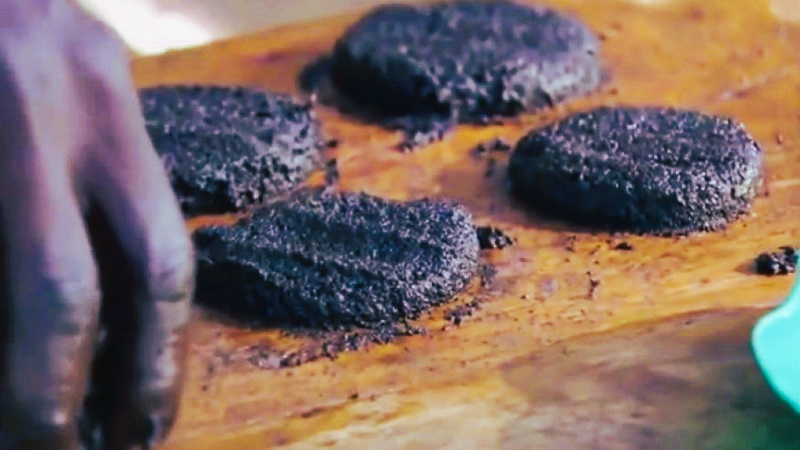
In the culinary world, uniqueness often comes from the most unexpected places. Extreme foods are not just about taste; they are also about courage and our openness to new experiences. Behind every dish lies a story and a tradition that connects us with diverse cultures. Let's explore some extreme foods that not only tantalize the taste buds but also challenge our boundaries!
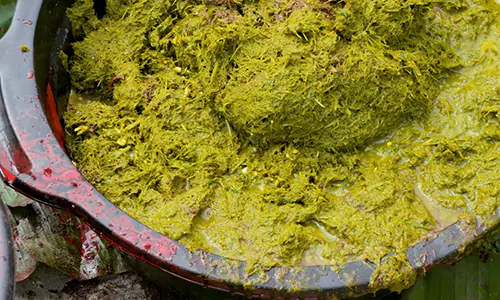
In many countries, it's common to process animal offal, but have you ever wondered how food would taste if it was made from offal or even untreated waste?
Trites is a traditional dish from Karo, North Sumatra, regarded as a cultural heritage passed down through generations. This dish is typically served at traditional events, such as harvest celebrations or large family gatherings. In terms of appearance, trites may not look appealing to many. Trites is made from a mixture of ingredients that most people would find unusual: cow entrails/unfinished cow dung.
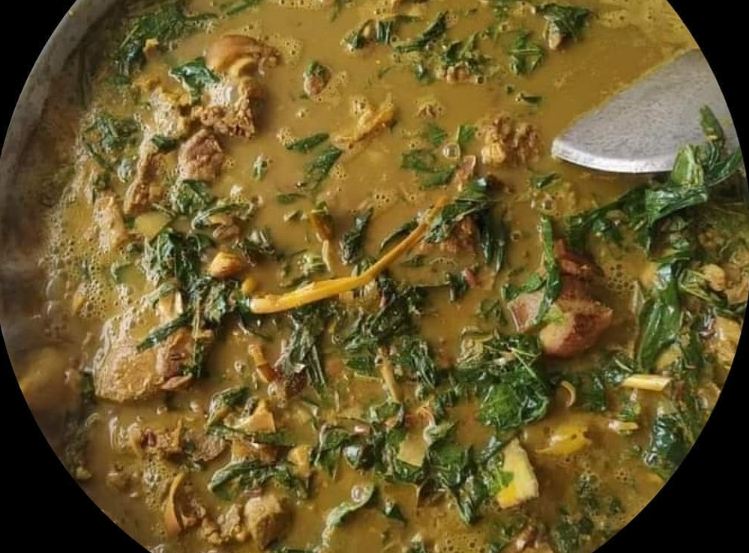
Its slightly brown broth and pungent aroma often deter people from trying it. However, once a spoonful is taken, enthusiasts usually find themselves hooked on its deliciousness. Trites is considered quite rare and hard to find in other areas, except in Tanah Karo. The preparation process for trites involves community collaboration, especially in fundraising due to its high costs. Additionally, special skills are needed to process it for the best flavor.
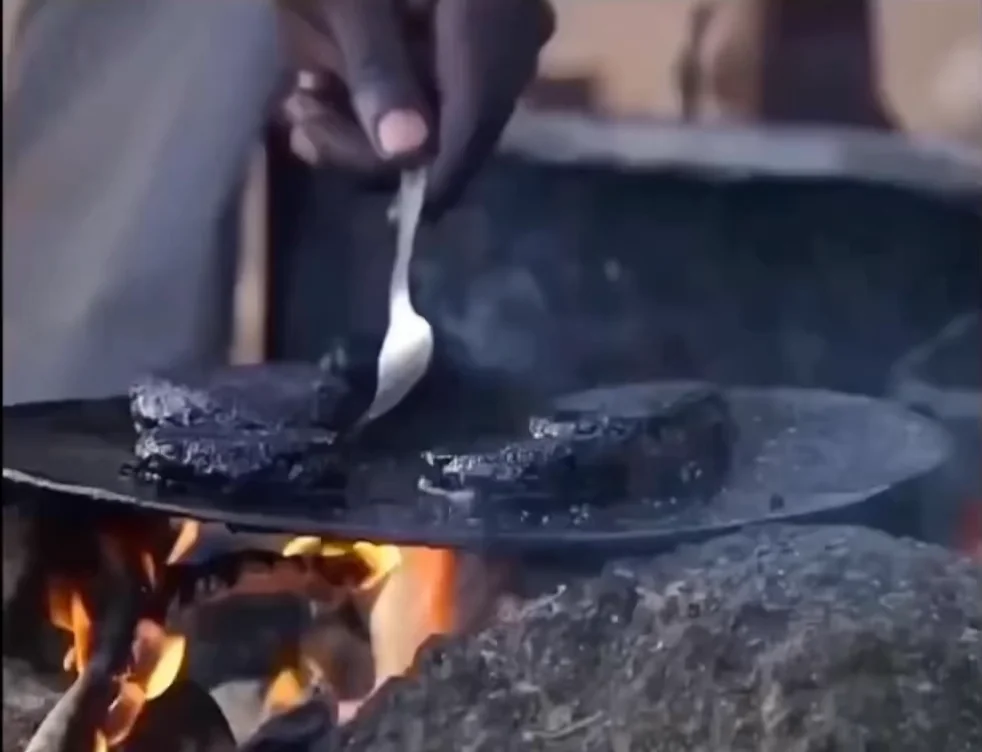
We may all be familiar with burgers, but this particular burger is quite different. This extreme food from Africa has garnered attention due to its unusual ingredients. Many people consider mosquitoes to be pesky insects that spread diseases and suck human blood. However, in Malawi, mosquitoes are viewed as a blessing, especially during certain seasons. Locals rush to catch mosquitoes to turn them into their traditional food known as Nkhungu. According to various sources, mosquito burgers are made from insect species processed into burger patties. Unlike regular burgers served with buns and vegetables, mosquito burgers use only the patty as a substitute for beef. The type of mosquito used to make these burgers differs from the usual mosquitoes we know, as they are more closely related to fly species. Although it may seem disgusting to those unaccustomed to eating mosquitoes, the reality is that for the communities around Lake Victoria, mosquitoes are an abundant food source.
.jpg)
Another extreme food is the tembiluk worm, which, when raw, might make you hesitant to touch it due to its scary appearance. The tembiluk worm, or its Latin name Bactronophorus thoracites, is actually a type of mollusk. Mollusks are invertebrates with soft bodies. Because of their worm-like shape, these creatures are often referred to as worms, although they are much larger than earthworms. They have soft, pale white bodies. Tembiluk worms live inside rotting wooden logs that are usually submerged in brackish water. They have a habit of gnawing and feeding on wood in contact with water, similar to termites. This trait often leads fishermen to consider them pests, as they can damage the wood used for boats, leaving holes in the wood. Nevertheless, tembiluk worms are rich in nutrients. According to reports from the National Conference on The Humanities and Social Sciences, these worms contain an average of 56% carbohydrates, 11% protein, and 4% fat. This worm is usually consumed raw, but people seem to enjoy it.
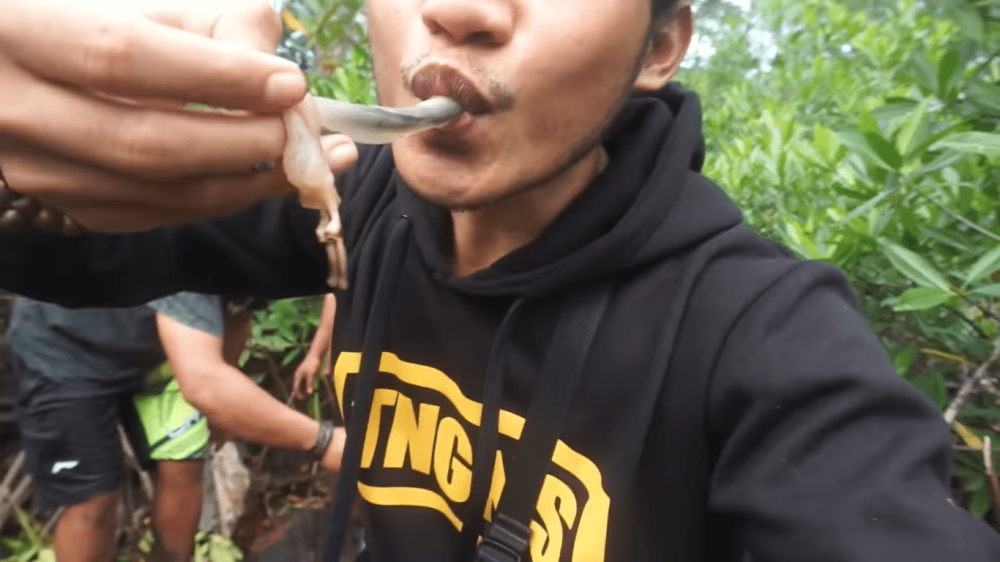
From the tantalizing mosquito burger to the nutrient-rich tembiluk worm, these extreme foods offer an unforgettable culinary adventure. Are you ready to explore these unusual flavors? If you're interested in learning more about the wonders of culinary traditions and other cultures, please don’t hesitate to follow my account. Your support means a lot to me and will help me continue sharing more fascinating stories. Thank you for reading, and see you in the next article!
Hello.
There is reasonable evidence that this article is machine-generated.
We would appreciate it if you could avoid publishing AI-generated content (full or partial texts, art, etc.).
Thank you.
Guide: AI-Generated Content = Not Original Content
If you believe this comment is in error, please contact us in #appeals in Discord.